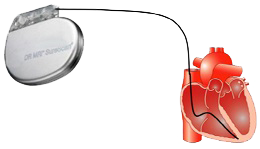

Normal Sensing
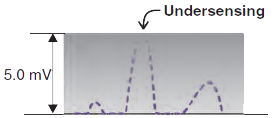
Undersensing

Oversensing
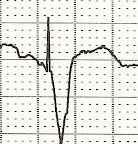
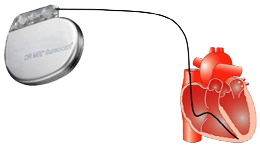
Ventricular Pacing


Dual Chamber Pacing
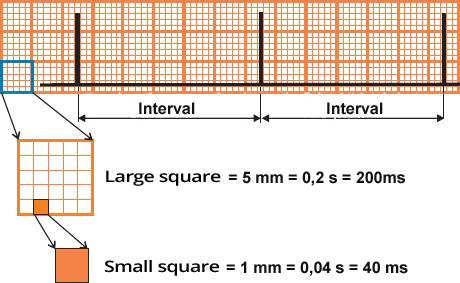

DDD Pacemaker

VVI Pacemaker

VVI Pacemaker

VVI Pacemaker
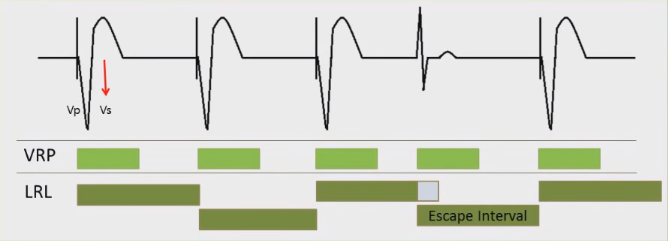
VVI Pacemaker and VRP (Ventricular Refractory Period)

AAI Pacemaker and ARP (Atrial Refractory Period)

DDD Pacemaker (ApVp)

DDD Pacemaker (AsVs)
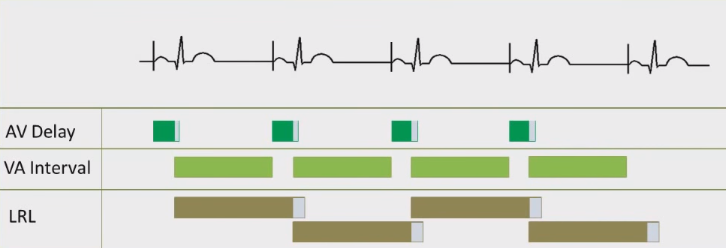
DDD Pacemaker (ApVs)

DDD Pacemaker (AsVp)

Cross Talk


DDD Pacemaker (ApVp)

Maximum Sensor Rate (MSR)

DDD pacemaker (ApVp)
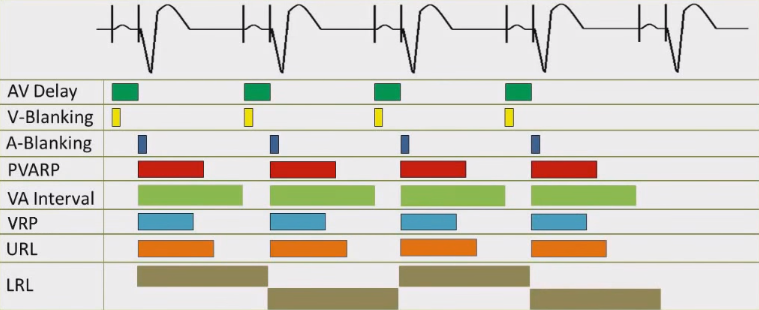
DDD pacemaker (ApVp)
Sources
Sensing and VVI Pacemaker
|

|

|
Normal Sensing
|

|
Undersensing
|

|
Oversensing
|

|

|
Ventricular Pacing
|

|

|
Dual Chamber Pacing
|
Interval and Pacemaker
|

|

DDD Pacemaker

VVI Pacemaker

VVI Pacemaker

VVI Pacemaker

VVI Pacemaker and VRP (Ventricular Refractory Period)

AAI Pacemaker and ARP (Atrial Refractory Period)

DDD Pacemaker (ApVp)

DDD Pacemaker (AsVs)

DDD Pacemaker (ApVs)

DDD Pacemaker (AsVp)

Cross Talk
A-blank and V-blank Periods
|

|

DDD Pacemaker (ApVp)

Maximum Sensor Rate (MSR)

DDD pacemaker (ApVp)

DDD pacemaker (ApVp)
Sources